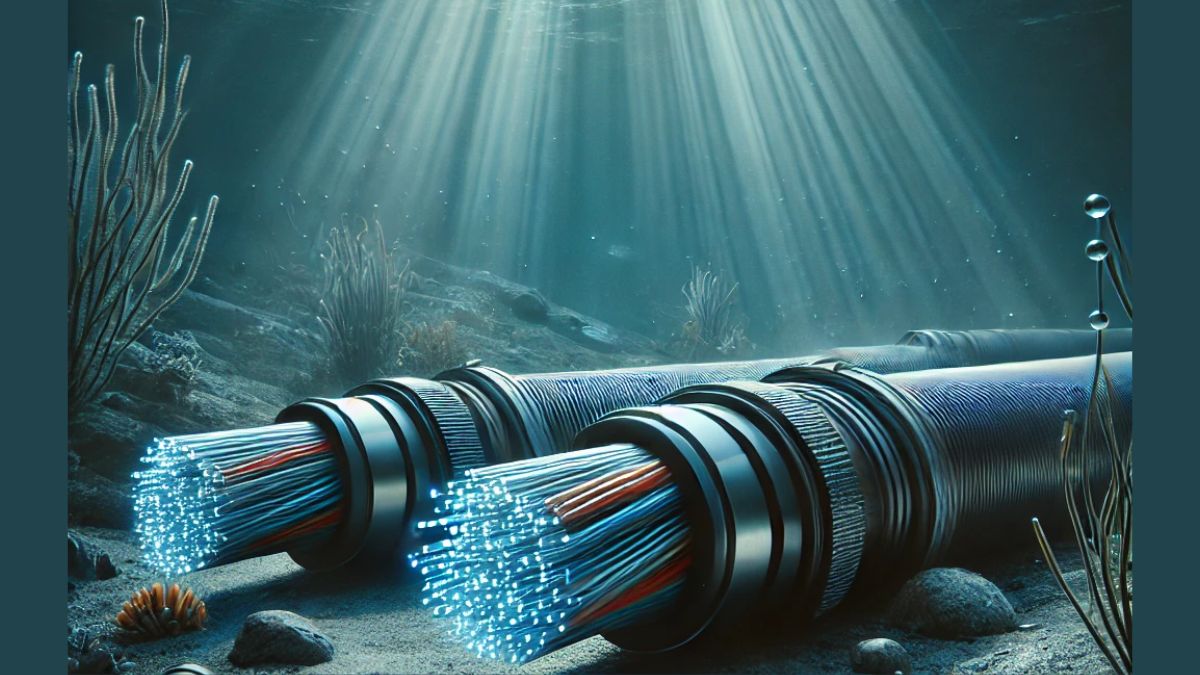An oil tanker suspected of being part of Russia’s “shadow fleet” and accused of sabotaging undersea Baltic cables has been released from Finnish waters after being held since December, Finnish police said Sunday.
The Eagle S, registered in the Cook Islands is suspected of deliberately dragging its anchor for dozens of kilometers along the Baltic seabed on December 25, damaging an electrical cable and four telecommunications cables.
“As the criminal investigation conducted by the National Bureau of Investigation, including the forensic investigation on board Eagle S, has progressed, there are no longer grounds for continuing the seizure of the tanker,” police said in a statement.
The anchor was found by the Swedish navy in January.
Finnish police suspect eight of the tanker’s crew of involvement, and three of them are still barred from leaving Finland.
The investigation will continue, the police said, adding they expect it to be completed by the end of April.
Security analysts say Russia is operating a large “shadow fleet” of hundreds of vessels, seeking to dodge the sanctions Western nations imposed on its oil exports over the war in Ukraine.
Several undersea Baltic cables were damaged last year, with many experts calling it part of a “hybrid war” carried out by Russia against Western countries.
Both Sweden and Finland joined NATO following Russia’s invasion of Ukraine in 2022, and the military alliance has recently increased its surveillance in the Baltic Sea.
Impact Shorts
More ShortsThe Finnish coast guard will escort the tanker to international waters.
Baltic Sea’s complex web of power, communication, gas connections
Power, communication cables and gas pipelines link the nine countries bordering the Baltic Sea, a shallow and nearly enclosed body of water. Notable examples include the 152-kilometer (94-mile) Balticconnector gas pipeline between Finland and Estonia, the high-voltage Baltic Cable connecting Sweden and Germany’s power grids, and the 1,173-kilometer (729-mile) C-Lion1 telecommunications cable running from Finland to Germany.
Why are cables important?
Undersea pipes and cables help power economies, keep houses warm and connect billions of people. More than 1.3 million kilometers (807,800 miles) of fiber optic cables — more than enough to stretch to the moon and back — span the world’s oceans and seas, according to TeleGeography, which tracks and maps the vital communication networks. The cables are typically the width of a garden hose. But 97% of the world’s communications, including trillions of dollars of financial transactions, pass through them each day.
With inputs from agencies


)

)
)
)
)
)
)
)
)



